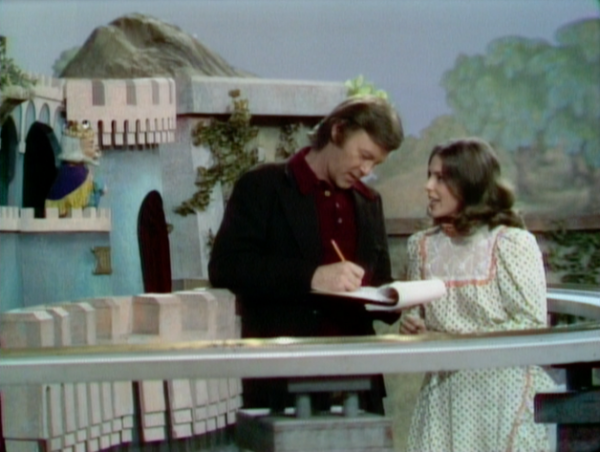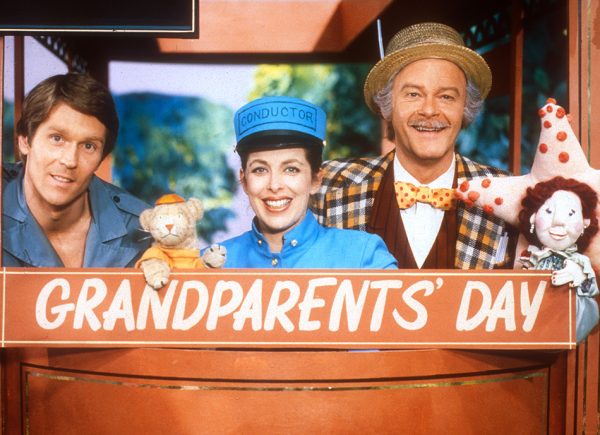The idea for making an “opera” on his program came from Fred Rogers’ own background in Music Composition at Rollins College. There he struck up a lifetime friendship with fellow-student John Reardon, who went on to become a well-known baritone with the Metropolitan Opera Company, and who delighted in visiting the Neighborhood as its resident opera singer.
All of the Neighborhood operas were written and composed by Fred Rogers and orchestrated by the Neighborhood musical director, Johnny Costa. Costa and his trio, as well as occasional additional musicians, provided the music for them all, live in the studio.

In a typical opera week, Reardon arrived on a Monday for a visit in the Neighborhood of Make-Believe, and he was commanded by King Friday to make an opera by Friday! As the opera developed through the week, children could see how the puppets and characters’ ideas, even some that seem bizarre, were creatively woven into a story and songs.
Watching an opera form over the week, gave children a fun way to learn about “process.” They could see how something started with a lot of different ideas from the characters, developed day by day, and grew into a delightful product.

An opera is different from a musical or an operetta, where the dialogue is spoken. In these Neighborhood productions, typical of operas, all of the lyrics are sung.
Mister Rogers went beyond explaining that an opera is just a story for which you sing the words. He encouraged children to try singing some of their everyday thoughts, instead of saying them, like singing “Is it time to eat yet, Mommy?”
It helps children to see people dressed up in costumes, pretending, and singing their thoughts instead of saying them, knowing it’s all right to sing sad and angry songs, as well as happy, carefree ones. I hope these operas can encourage children to express who they really are, and in doing so, help them to feel better about themselves.